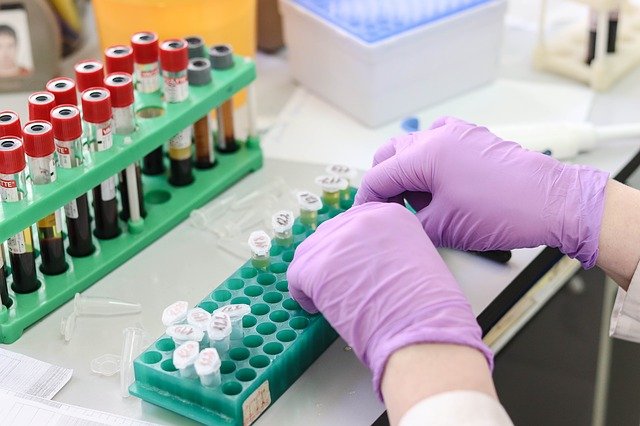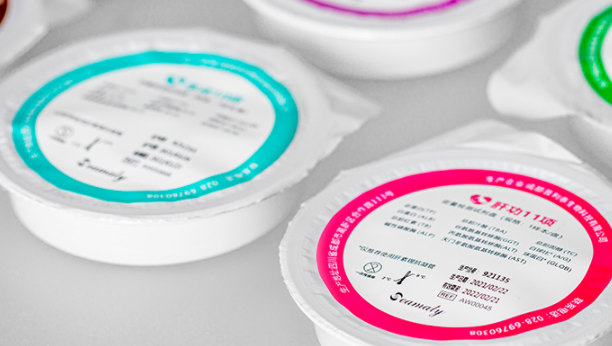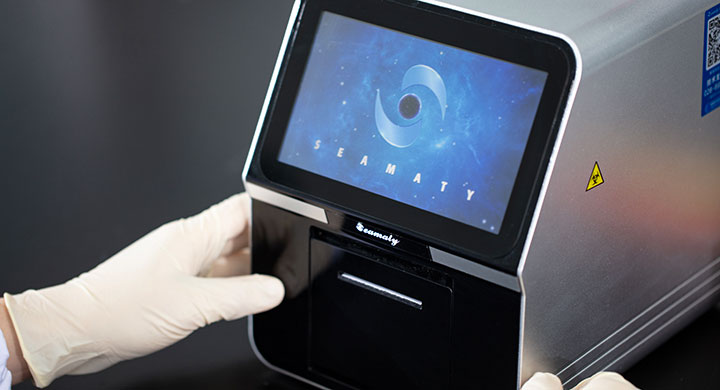release time:2021-12-17 14:30:23
Common tests before spay/neuter are routine blood work, biochemistry and coagulation. Routine blood tests can confirm inflammation and anemia in the animal. Biochemical tests are performed to determine the health of the animal's liver and kidneys, to determine the animal's signs and drug metabolism and detoxification functions, and to confirm the presence of other diseases. Coagulation examination is to determine whether the animal has coagulation disorder, if the coagulation function is abnormal, it may trigger the occurrence of hemorrhage during the surgery.
How should I care for my spayed animal after surgery?
First, pay attention to heat preservation. After anesthesia, the animal's body temperature will be lowered, so you can use blankets or hot water bags to complete the insulation.
Second, to prevent wound infection or cracking, Elizabethan rings should be worn for the pet. This can effectively prevent the animal from licking the wound. Secondly, animals need a quiet recuperative environment, so they should be prevented from strenuous exercise, which can lead to wound dehiscence.
Third, more attention should be paid to the wound healing situation. Normally the wound is pink or light-colored and will slowly turn dark red subsequently and finally crust over. In the early stage, if there is swelling and blood oozing, it is normal. However, if the condition persists for a long time, or even if there is yellow, white or green exudate, it is abnormal. At this time, you need to contact the hospital promptly.

2022-04-08
1. Effect of serum electrolyte concentration determination. The results of the test showed a significant increase in serum potassium after 1h compared to the immediate period,

2022-03-04
In order to check the suitability of pets for surgery, Seamaty has introduced a pre-operative biochemical test kit for pets - "10 Pre-operation Test Parameters".

2021-08-30
Biochemistry analyzers and hematology analyzers are two different instruments with different properties and categories. However, there is overlap in their testing programs. The hematology analyzer can replace the traditional biochemistry analyzer to determine blood potassium, blood sodium, blood glucose and total blood carbon dioxide, but there are differences in the results of blood potassium and total blood carbon dioxide.